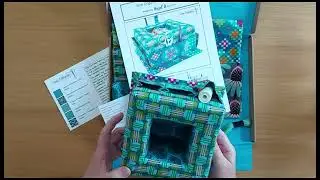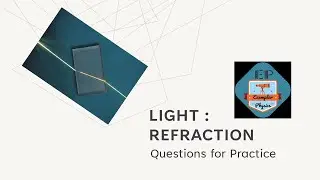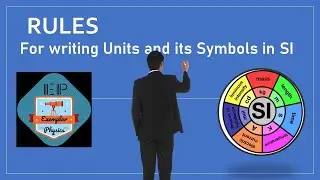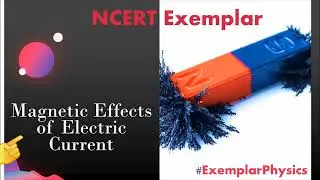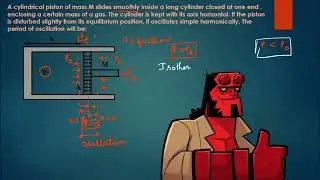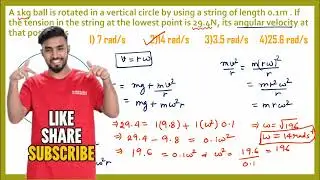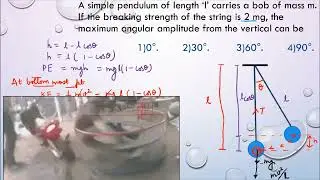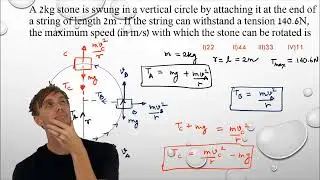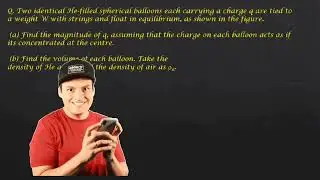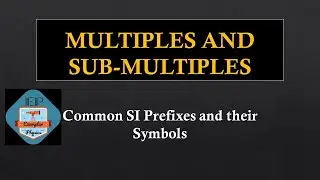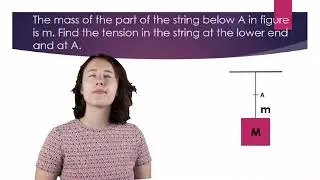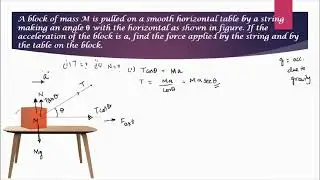Magnetic Field | Magnetic Field Lines | Magnetic Effects of Electric Current | Class 10 | Exemplar
Hi!
Welcome to #ExemplarPhysics
Here we learn concepts by solving questions.
The question which I've taken here is from #NCERT #Exemplar #class10
Q) Choose the INCORRECT statement from the following regarding magnetic lines of field
(a) The direction of magnetic field at a point is taken to be the direction in which the north pole of a magnetic compass needle points
(b) Magnetic field lines are closed curves
(c) If magnetic field lines are parallel and equidistant, they represent zero field strength
(d) Relative strength of magnetic field is shown by the degree of closeness of the field lines.
Friends, for solving this questions, I've included all the the properties of magnetic field lines in a comprehensive approach so that it will help you to understand the concept in all possible ways.
The chapter Magnetic Effects of Electric Current deals with different topics like Current, Magnetic Field, Magnetic Force, Magnetic Field Lines, Solenoid, Right-hand Thumb Rule, Fleming's Left-hand Rule, Fleming's Right-hand Rule, Electric Motor, Electric Generator, AC Generator, DC Generator, Domestic Circuits, Mains, Fuse, Live, Neutral, Earthing, Overloading, Short Circuit, Magnetic Force, Lorentz Force, Commutator, Slip Ring, Armature, Carbon Brushes, Split Rings, Faraday's Law, Electromagnetic Induction.
I've enjoyed making this video and if you too have... watching it, please #Like #Share #Subscribe to the channel and make presence in the #comment section. It'll an elixir of inspiration for us. Many more videos are on the way.
Thank you
Regards
#ExemplarPhysics
Links to topics:
1. Oersted's Experiment
• Oersted's Experiment; Magnetic Effect...
2. How to Make Your Own Magnetic Compass at Home?
• How to Make Your Own Magnetic Compass...
3. Compass: History and Working
• Compass: History and Working; Magneti...
4. Finding poles of a Solenoid
• How to find the North and the South P...
#Magnet #MagneticField #MagneticFieldLines #Properties #MagneticEffectsofElectricCurrent #Solenoid #PolesOfASolenoid #RightHandThumbRule #ExemplarPhysics





